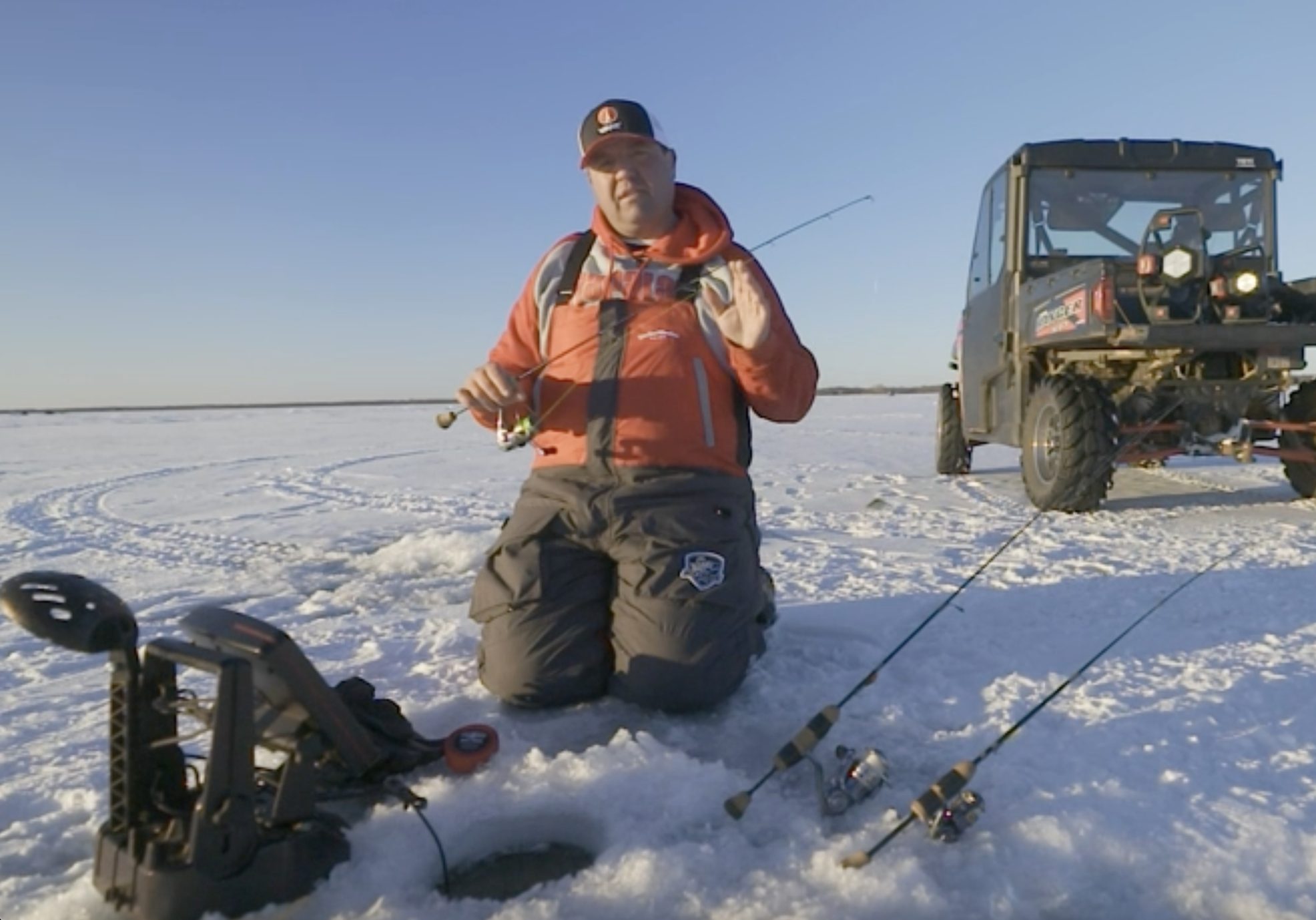Ice fishing demands precision in gear selection, and the choice of fishing line is no exception. Minnesota-based guide Tony Roach provides insights into the three main ice fishing line options and when to use each, along with tips to reduce line memory.
- BRAID
- Ideal for warm conditions (20 degrees or warmer) in fish houses or on the ice.
- Offers no-stretch, high sensitivity, abrasion resistance, and low memory.
- Not recommended in extremely cold weather due to water retention that may lead to freezing.
- Consider water clarity; braid is more visible, so use a fluorocarbon leader for stealth in clear water.
- MONOFILAMENT
- Versatile and easy to handle, suitable for various ice fishing scenarios.
- Preferred for hole-hopping outside, sheds water, and allows fishing without re-rigging.
- Low-stretch monofilament enhances bite detection, crucial in deeper waters.
- Quality monofilament performs well in all situations.
- FLUOROCARBON
- Improved handling compared to original varieties, nearly invisible to fish.
- Less stretch than mono, sinks, and transmits bites effectively.
- Roach uses it as a leader material with braided mainline for cost efficiency.
- Allows easy changes in line size based on target species, tactics, and techniques.

Tips to Reduce Line Memory:
- Use reels with bigger spools to remove line memory.
- Roach suggests a helpful line stretching tip for on-the-fly memory removal.
- Consider swivels when connecting braid and fluorocarbon to reduce line twist, especially with spinning lures.
Choosing the right ice fishing line involves weighing factors like temperature, water clarity, and fishing style. Whether opting for the sensitivity of braid, versatility of monofilament, or stealth of fluorocarbon, understanding when and why each is effective ensures a successful ice fishing experience.
Image/Source: Wired2Fish





